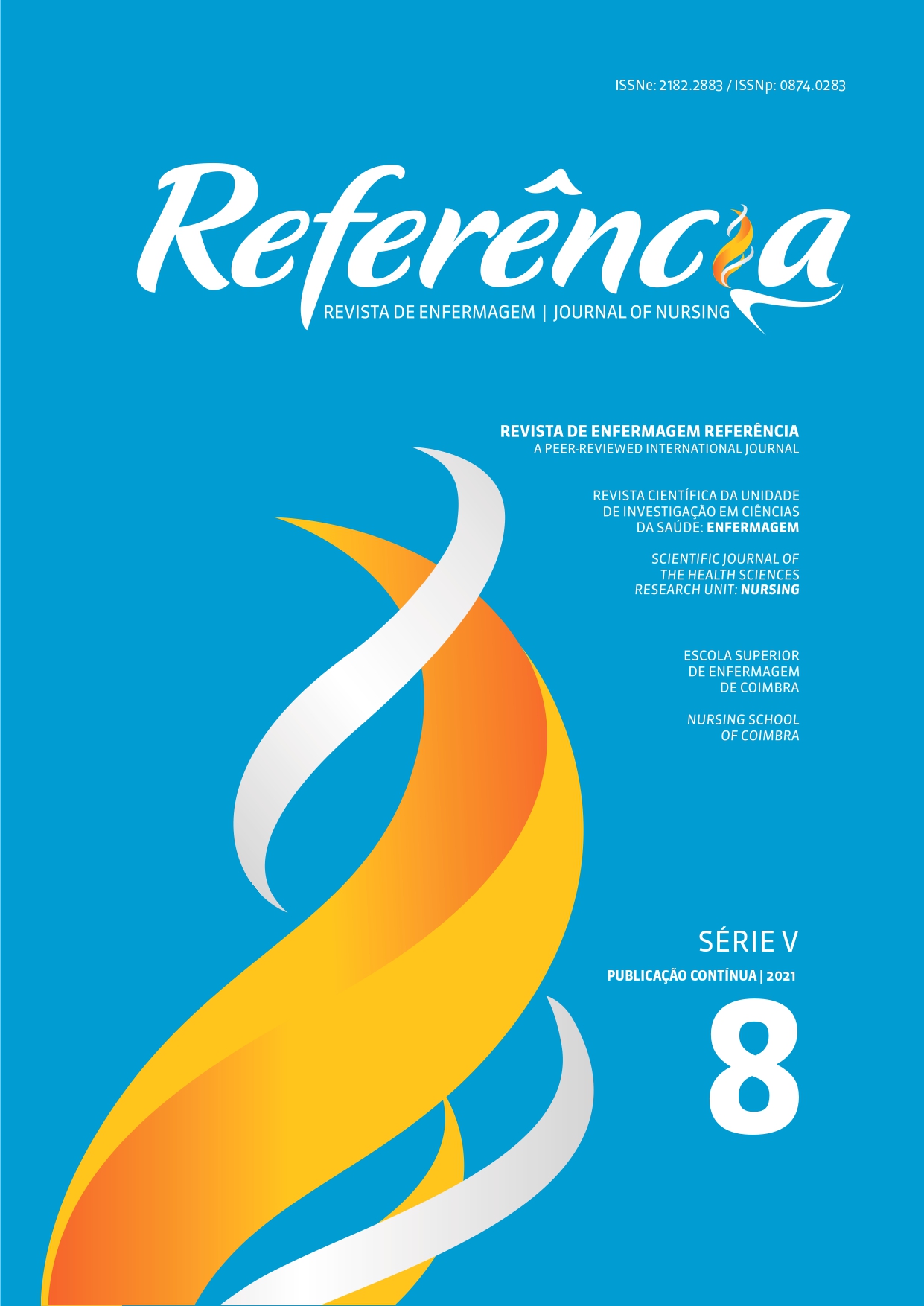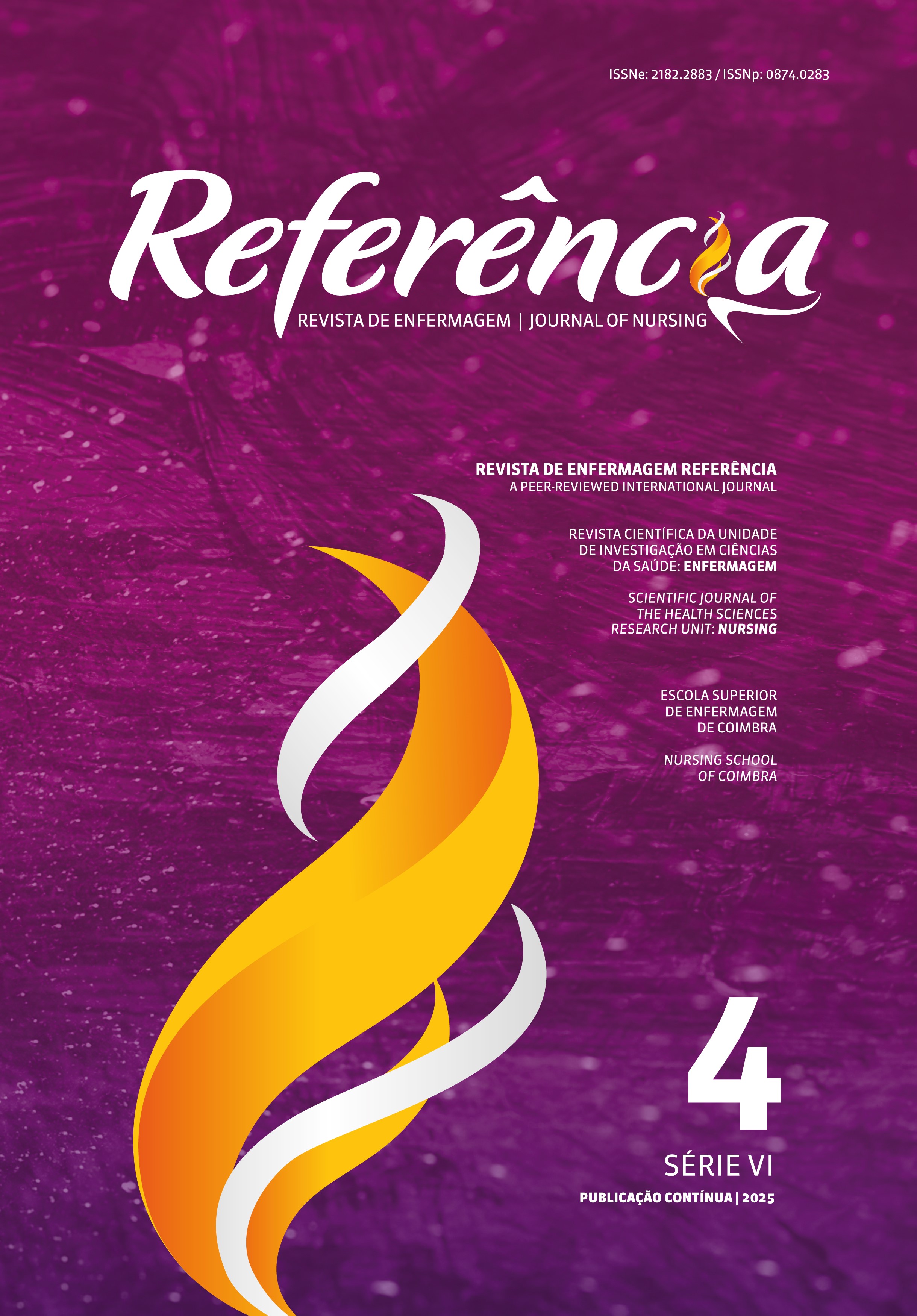Family care in the emergency department: Nurses’ lived experiences
DOI:
https://doi.org/10.12707/RV21007Keywords:
nursing care, emergency service, hospital, family nursing, qualitative research, philosophy, nursingAbstract
Background: Caring for the family in the emergency department is challenging for nursing due to the specificities and challenges of the context. Although the evidence reveals the family’s experiences and needs, little is known about nurses’ experiences.
Objective: To understand nurses’ lived experiences of caring for the family in the emergency department.
Methodology: Qualitative study with Van Kaam’s phenomenological approach. In-depth interviews were conducted with 11 nurses. The Moustakas’ modified method guided data analysis.
Results: Nurses’ lived experiences revealed eight dimensions: 1) “Feeling responsible”; 2) “Initially welcome the family”; 3) “Host the family in the emergency department”; 4) “To be fully present”; 5) “To cuddle in suffering”; 6) “Dance, with the family, in a borderline situation”; 7) “Comfort guided on the information”; and 8) “Let yourself be carefully touched by the family’s experience”.
Conclusion: Nurses’ experiences reveal dimensions of the phenomenon in clinical practice, highlighting the importance of therapeutic communication with the families, their presence in resuscitation situations, and the need for family conferences.
Downloads
References
Barreto, M. S., Garcia-Vivar, C., Matsuda, L. M., Angelo, M., Oliveira, M. L., & Marcons, S. S. (2019). Presenca da familia durante o atendimento emergencial: Vivencia de pacientes e familiares. Texto & Contexto: Enfermagem, 28(2), e20180150. http://dx.doi.org/10.1590/1980-265x-tce-2018-0150
Berbis‐Morello, C., Mora‐Lopez, G., Berenguer‐Poblet, M., Raigal‐Aran, L., Monteso‐Curto, P., & Ferre‐Grau, C. (2019). Exploring family members’ experiences during a death process in the emergency department: A grounded theory study. Journal of Clinical Nursing, 28(15-16), 2790-2800. https://doi.org/10.1111/jocn.14514
Costa, P., Garcia, A., & Toledo, V. (2016). Acolhimento e cuidado de enfermagem: Um estudo fenomenologico. Texto & Contexto: Enfermagem, 25(1), e4550015. http://dx.doi.org/10.1590/0104-07072016004550014
Creswell, J. (2013). Qualitative inquiry & research design: Choosing among five approaches (3rd ed.). Sage Publications.
Fernandes, C. S., Gomes, J. A., Martins, M. M., Gomes, B. P., & Goncalves, L. H. (2015). A importancia das familias nos cuidados de enfermagem: Atitudes dos enfermeiros em meio hospitalar. Revista de Enfermagem Referência, 4(7), 21-30. http://dx.doi.org/10.12707/RIV15007
Hsiao, P. R., Redley, B., Hsiao, Y. C., Lin, C. C., Han, C. Y., & Lin, H. R. (2017). Family needs of critically ill patients in the emergency department. International Emergency Nursing, 30, 3-8. https://doi.org/10.1016/j.ienj.2016.05.002
Husserl, E. (2017). Ideas: General introduction to pure phenomenology. Paperback.
Kreuz, G., & Netto, J. (2021). Múltiplos olhares sobre a morte e luto: Aspetos teóricos e práticos. Editora CVR.
Lei n.o 33/2009 da Assembleia da Republica. (2009). Diário da República: I serie, no 134. https://dre.pt/application/conteudo/492408
Levinas, E. (2011). Otherwise than being or beyond essence (9th ed.). Duquesne University Press.
Marcel, G. (2013). Being and having: An existentialist diary. Read Books.
Moustakas, C. (1994). Phenomenological research methods. Sage Publications.
Moxham, L., & Patterson, C. F. (2017). Why phenomenology is increasingly relevant to nurse researchers. Nurse Researcher, 25(3), 6-7. http://dx.doi.org/10.7748/nr.25.3.6.s2
Sa, F. L., Botelho, M. A., & Henriques, M. A. (2015). Cuidar da familia da pessoa em situacao critica: A experiencia do enfermeiro. Pensar Enfermagem, 19(1), 31–46. http://pensarenfermagem.esel.pt/files/PE_19_1sem2015_31_46.pdf
Shajani, Z., & Snell, D. (2019). Wright & Leahey’s nurses and families: A guide to family assessment and intervention (7th ed.). F. A. Davis Company.
Streubert, H., & Carpenter, D. (2013). Investigação qualitativa em enfermagem: Avançando o imperativo humanista (5a ed.). Lusodidacta.
Sweet, V., & Foley, A. (2019). Sheehy’s emergency nursing: Principles and practice (7th ed.). Elsevier.
Van Kaam, A. L. (1959). Phenomenal analysis exemplified by a study of the experience of ‘really feeling understood’. Journal of Individual Psychology, 15(1), 66-72. http://www.adlerjournals.com/_private/JIP/JIP%20v15%20n1/Phenomenal_Analysis_Exemplified_by_Study--VanKaam.pdf
Watson, J. (2002). Enfermagem: Ciência humana e cuidar: Uma teoria de enfermagem. Lusociencia.
Yildirim, T., & Ozlu, Z. K. (2018). Needs of critically ill patients’ relatives in emergency departments. Nursing Midwifery Studies, 7(1), 33-38. https://doi.org/10.4103/nms.nms_100_17






